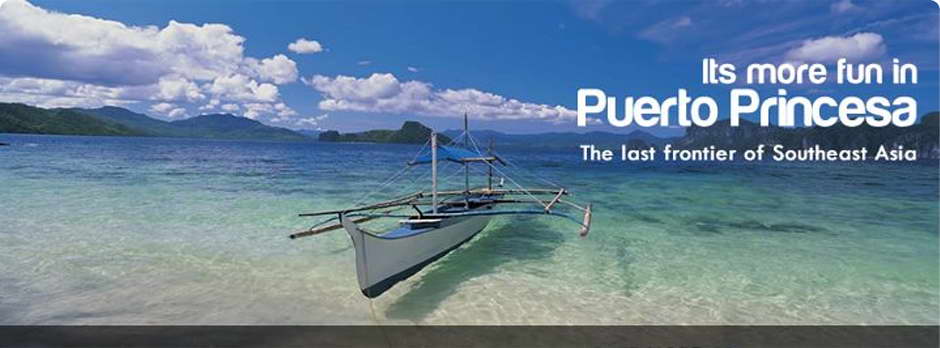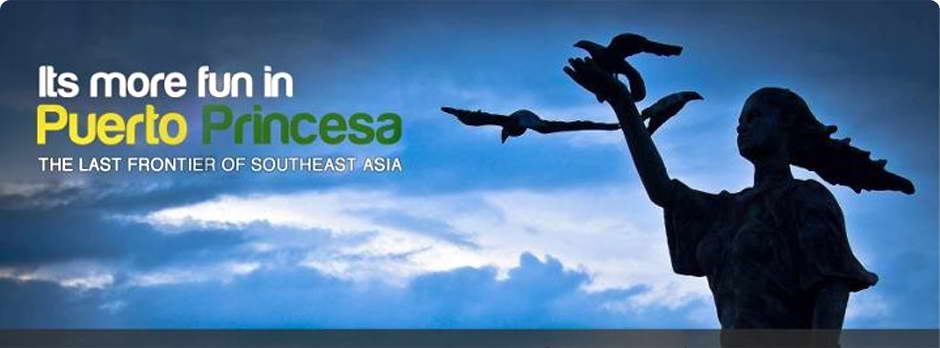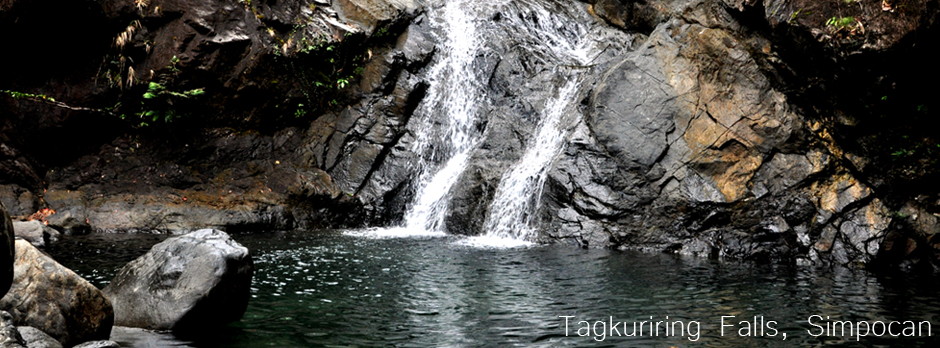CLICK HERE! For Electronic Services and Online Payment

Based on the data of the National Mapping and Resource Information Authority (NAMRIA), Alienable and Disposable (A & D) lands were estimated to comprise about 15% of the total land area of the City. Forestland or timberland, which cannot be titled, covers almost 11% of the total area of Puerto Princesa. The unclassified public forestland makes up 74% of the total land area of the City. This implies that many of the residents who are occupying lands in the City do not have titles.
It is uncommon to find that A&D lands totaling to 4,643 hectares or 14% of the total A&D lands are located in slopes above 18% thereby making these lands susceptible to erosion and eventually land degradation when they are developed into agriculture or settlements. 26 barangays in the City have A&D lands above 18% in slope The barangays with the largest A&D lands located in slopes above 18% are Buenavista (38% of the total A&D lands above 18% in slope), Lucbuan (11%) and Maruyugon (8%).
Land and Sea Cover
Based on the data generated by the Mapping Team of the ECAN Zoning Project using 2005 SPOT5 satellite imageries, about 73% of the total land area Puerto Princesa is still forested with primary forest (7%), secondary forest (52%), limestone forest (1%), and ultramafic forest (13%). Its remaining mangrove forest covers a total area of 5,737 hectares. Brushlands and grasslands, which can be developed into forest plantations, orchards, upland agriculture and even settlements, comprise 14% of the total land area of the city.
Lands cultivated to agriculture are substantial covering a total area of 19,549 hectares or about 10% of the total land area of the City.
Built-up areas were measured to be about 3,993 hectares or 1.85% of the City’ total land area from the 2,376 hectares under the Land Use Survey conducted in 1999. This means that the built-up areas have increased by 1,617 hectares or 68% in five years posting an average annual increase of about 323 hectares.
The SPOT5 satellite imageries used were able to identify for mapping the coastal habitats in the coastal waters of Puerto Princesa. Although the deeper portions of the coastal water was not covered, mapping of the shallower portions produced the following measurements: coral reefs cover 3,074 hectares, dense seagrass with 836 hectares and sparse seagrass with 880 hectares.
The Land/Sea Cover map of Puerto Princesa City. It depicts the spatial distribution of the different types of vegetation cover, land uses and coastal habitats’ cover.
Featured Articles |
USAID/SURGE Project |

































